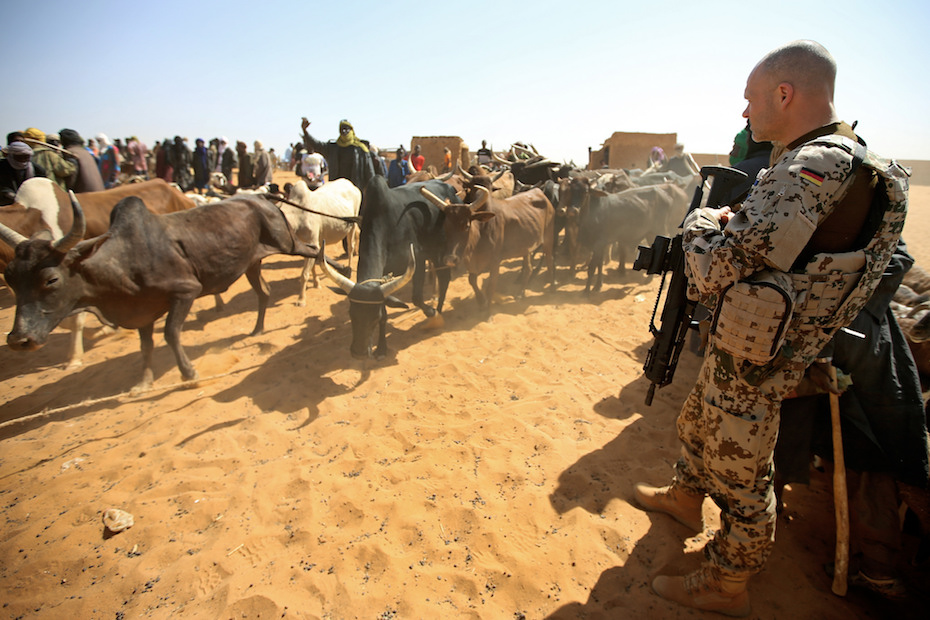von Holger Marcks
Am Ende ging es dann doch recht fix. Hatte der Islamische Staat (IS) noch im März 2017 fast die Hälfte des Territoriums in Syrien unter seiner Kontrolle, ist das Möchtegern-Kalifat mittlerweile so gut wie von der Landkarte getilgt. Das heißt zwar nicht, dass er als Terrororganisation keine Rolle in dem Land mehr spielen wird. Doch als maßgeblicher Bürgerkriegsakteur mit territorialer Basis dürfte der IS weitestgehend aus dem Spiel genommen sein. Das macht diesen verworrenen Bürgerkrieg zunächst einmal ein wenig übersichtlicher. Andererseits wird damit aber auch der Vorhang für das nächste Kapitel geöffnet, das neue Wirrungen verspricht. Denn schließlich waren wegen des Kampfes gegen den IS einige Konfliktlinien erkaltet. Diese könnten nun wieder heiß werden.

Gebiete unter der Kontrolle der verschiedenen Kriegsfraktionen im März und November 2017 (Quelle: syriancivilwarmap.com).
Allerdings lässt sich aufgrund der vielschichtigen Konstellationen nur schwer einschätzen, welche Dynamiken daraus erwachsen dürften. Der folgende Beitrag soll daher einen Überblick über die vergangenen und neuesten Entwicklungen im Syrischen Bürgerkrieg geben, um zumindest den Ist-Stand ermessen zu können. Die Anfertigung eines solchen Panoramas ist jedoch, zugegeben, eine kleine Herausforderung. Denn aufgrund der zahlreichen Konfliktparteien und multiplen Fronten sind die Entwicklungen derart konfus, dass sie sich nicht so einfach chronologisch zusammenfassen lassen. Der Beitrag stellt daher die jeweiligen Akteursgruppen und Allianzen dar und versucht, deren (ambivalenten) Verhältnisse untereinander zu sortieren und aufzuschlüsseln.



